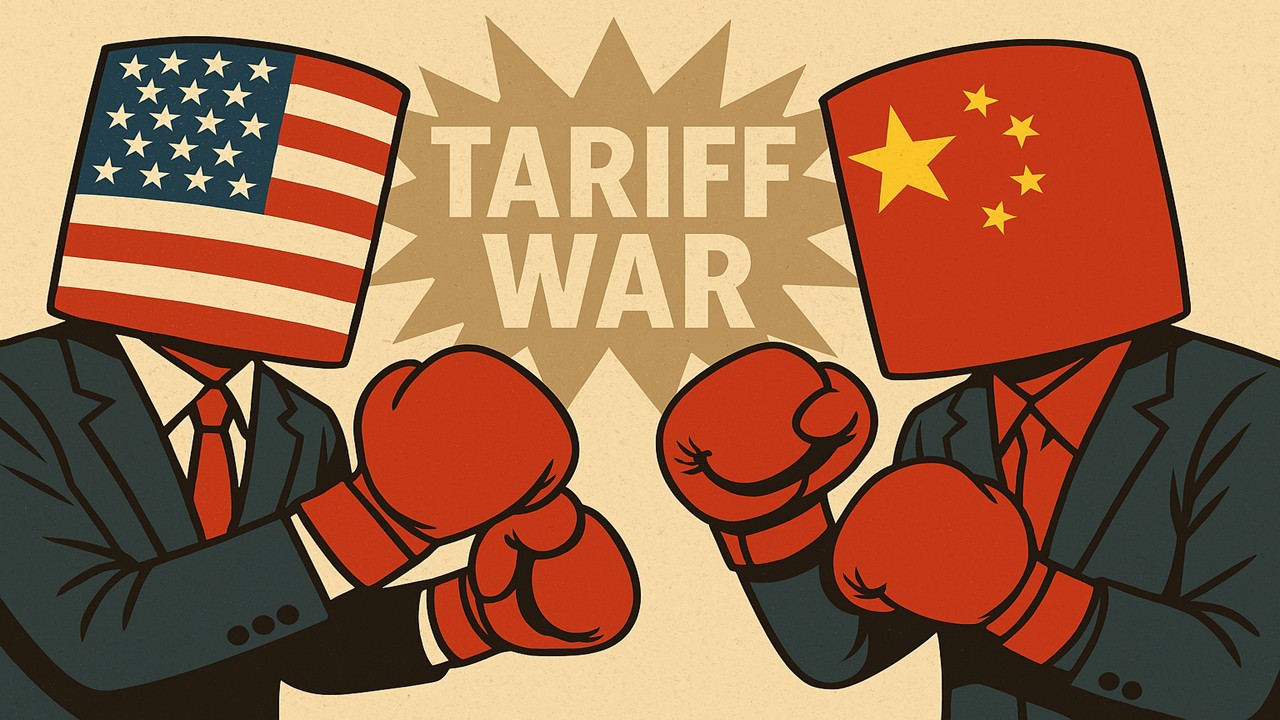
Imagine a world where the seamless flow of goods is abruptly disrupted, leading to escalating tensions between economic powerhouses. This scenario unfolded in recent years as the United States and China became entangled in a trade war, marked by the imposition of tariffs and counter-tariffs. This article delves into the intricacies of tariffs, the genesis of the U.S.-China trade war, its ramifications on global economies, and guidance for investors navigating this turbulent landscape.
What Are Tariffs?
Tariffs are taxes imposed by a government on imported goods, aimed at making foreign products more expensive to encourage the consumption of domestically produced items. For instance, a 10% tariff on a $100 imported gadget increases its price to $110 for consumers, potentially making a locally made alternative more appealing. Tariffs serve multiple purposes: protecting nascent industries, generating government revenue, and addressing trade imbalances.
Understanding a Tariff War
A tariff war occurs when countries engage in reciprocal imposition of tariffs on each other’s imports, leading to escalating economic confrontations. Such conflicts often arise from disputes over trade practices, intellectual property rights, or efforts to protect domestic industries. While intended to safeguard national interests, tariff wars can disrupt global trade, increase consumer prices, and strain international relations.
Initiation of the U.S.-China Trade War
In 2018, then-President Donald Trump initiated a series of tariffs targeting Chinese imports, citing concerns over intellectual property theft, unfair trade practices, and a significant trade deficit. The initial tariffs focused on steel and aluminium but soon expanded to a wide array of products. China responded with its own tariffs on U.S. goods, setting off a tit-for-tat escalation that affected numerous sectors and had global implications.
Sectors Affected by the Tariffs
The tariffs imposed during the U.S.-China trade war impacted various sectors:
- Technology: U.S. tariffs targeted Chinese electronics and machinery, aiming to curb China’s technological advancements.
- Agriculture: China’s retaliatory tariffs hit American agricultural products like soybeans and pork, affecting U.S. farmers.
- Manufacturing: Industries reliant on imported components faced increased production costs due to higher tariffs on raw materials.
- Consumer Goods: Products such as clothing, footwear, and electronics saw price increases, impacting consumers directly.
Rationale Behind Imposing Tariffs
The U.S. administration’s rationale for imposing tariffs included:
- Protecting Domestic Industries: Shielding American manufacturers from what was perceived as unfair competition.
- Reducing Trade Deficit: Addressing the substantial trade imbalance between the U.S. and China.
- Safeguarding Intellectual Property: Combating alleged theft and forced transfer of U.S. technologies.
- Negotiating Leverage: Using tariffs as a bargaining tool to secure more favorable trade terms.
Impact on Global Economies
The trade war’s ripple effects were felt worldwide:
- Global Trade Disruption: Supply chains were disrupted, leading to inefficiencies and increased costs.
- Market Volatility: Financial markets experienced fluctuations due to uncertainty surrounding trade policies.
- Economic Slowdown: Export-dependent economies faced reduced demand, impacting global economic growth.
- Trade Diversion: Countries not directly involved sought to fill gaps, altering traditional trade routes and relationships.
Effects on Citizens and Consumers
For the average consumer, the trade war translated to:
- Higher Prices: Increased costs of imported goods led to higher retail prices.
- Limited Product Availability: Some products became scarce or discontinued due to cost constraints.
- Job Market Fluctuations: Industries affected by tariffs experienced layoffs or reduced hiring.
Sectors Benefiting and Suffering
While some sectors faced challenges, others found opportunities:
- Benefited:
- Domestic Manufacturing: Reduced competition from imports led to increased demand for locally made products.
- Alternative Exporters: Countries like Vietnam and Mexico saw increased exports as companies sought to bypass tariffs.
- Suffered:
- Agriculture: Farmers faced reduced exports due to retaliatory tariffs.
- Retail: Higher procurement costs led to squeezed profit margins and increased prices for consumers.
Guidance for Investors
Investors navigating the uncertainties of a trade war should consider:
- Diversification: Spreading investments across various sectors and geographies to mitigate risks.
- Staying Informed: Keeping abreast of policy changes and economic indicators to make informed decisions.
- Long-Term Perspective: Focusing on long-term fundamentals rather than short-term market reactions.
- Seeking Safe Havens: Considering investments in assets traditionally seen as safe during economic turbulence, such as gold or government bonds.
Conclusion
The U.S.-China trade war underscored the complexities of global trade and the far-reaching consequences of protectionist policies. While intended to bolster domestic interests, such conflicts often lead to unintended economic disruptions. For consumers and investors alike, understanding the dynamics of tariffs and trade relations is crucial in navigating the challenges and opportunities that arise in an interconnected global economy.




































































